(August 15, 2022) It’s nearly midnight in Austin, Texas where Aditya Rao lives, when he and I begin our conversation. He sits in the small recording studio, fashioned out of a closet at home, which doubles as workspace and personal haven. When we speak, Aditya has most recently wrapped up work on Rocketry: The Nambi Effect, where he is the lead vocalist and vocal arranger for nine songs. He has also worked with the multi-Grammy and Oscar-winning music director, A.R. Rahman. In May 2017, his Carnatic remix of Ed Sheeran’s ‘Shape of You‘, a collaboration with Indian Raga, went viral on the internet, with 11 million views at the time this article was written.
“The final versions of Peruvali were recorded on the mic over there,” he smiles. “It was also one of the hardest songs I have ever done, not only because it was a difficult song to sing about also because the lyrics were written by Dr Nambi Narayanan himself.” It involved several sessions with R. Madhavan and “Nambi sir, going back and forth with the lyrics,” he tells Global Indian.
In pursuit of belonging
His life, Aditya says, pausing to reflect, has always involved straddling two worlds, two versions of himself. “I’m a Gemini,” he chuckles. As a musician, he is in the process of finding his own sound, stepping away from a flourishing career that involves rubbing shoulders with the bigwigs in Bollywood and Hollywood alike, from A.R. Rahman and Madhavan, to Carlos Santana and Billie Ellish, to starting (somewhat) from scratch as an independent musician. Culturally, although he has grown up with the best of two beautiful worlds in India and the United States, he wonders where he fits in – that pathos seeps into his own song writing.
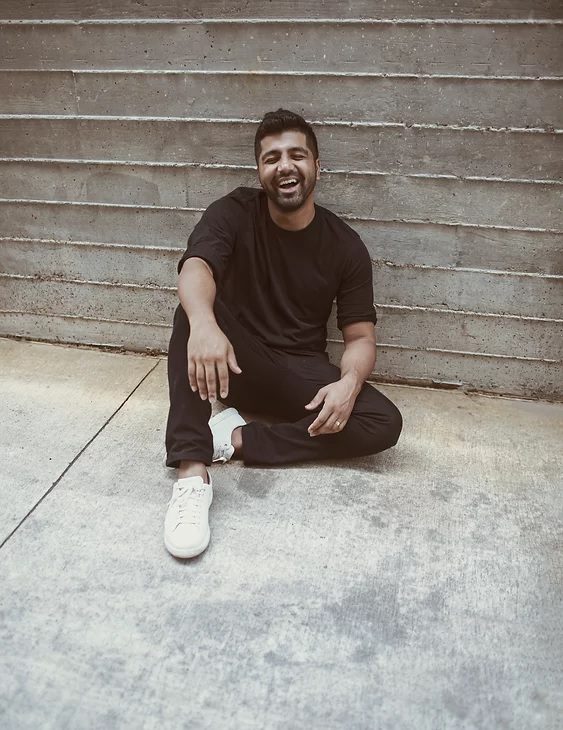
Aditya Rao
One thing has been evident beyond all doubt: a talent for music, which he discovered when he was three years old, in his hometown, Bengaluru. Two years later, his parents introduced him to his first – and only – teacher, the guru who still remains by his side. In 1998, the family moved to Pittsburgh, when Aditya was eight years old. Every summer though, he would return, by himself, to spend the summer with his grandparents, a routine he followed for several years.
Back in the US, his parents offered to find him a new teacher – there was no dearth of established musicians – but he refused. “My guru and I have a special relationship. I could sense he understood my connection with music.” Training involved recording and re-recording on a 90-minute cassette tape that student and teacher mailed back and forth, but it got the job done. “In conventional terms, what should have taken me three or four years to learn took closer to 10,” Aditya says.
Making music his life
Aditya was mid-interview with a major consulting firm, when he realised beyond all doubt that it just wasn’t the life wasn’t for him. Advised by his parents to have a backup plan, Aditya had done a degree in finance to understand the business side of music. “I humbly stepped away from the interview, which was in New York, went home and had a heart-to-heart with my parents.” He ended up earning a Master’s degree in Entertainment Industry Management from Carnegie Mellon, and during grad school, arrived in Los Angeles for the second year of his work/study programme.
He went on to work for one of the world’s largest entertainment PR and marketing firms, remaining there for eight years, happy with his paycheque and the excitement of his job, which involved helping major brands integrate with pop culture.
The Ed Sheeran episode
Music, admittedly, took a backseat during this time but never completely disappeared. In 2017, Aditya was humming Ed Sheeran’s runaway hit, ‘Shape of You‘ in the shower and thought, ‘Hm, this could be interesting with a Carnatic twist.” So he called Indian Raga, with whom he was meant to collaborate anyway, saying, “I have a ridiculous idea. And I sent them a recording. They were interested.”
The team also never met through the making of the song. “I shot my part in New York, Vinod shot in Minneapolis and Mahesh made one part in Dubai. The videos were stitched together in Chennai. ”
Rendezvous with A.R. Rahman
“Hey, I’m in LA and I’m meeting A.R. Rahman. You should join me.” Aditya, understandably, couldn’t fully believe what he was hearing but it was, in fact happening. On a visit to India, Aditya had met with Poonacha Machaiah, co-founder and CEO of the digital music platform Qyuki. “I liked their story and their mission and did market research to help them expand their operations in the US. I felt North America needed a platform like this for South Asian artists.”
When Machaiah came to the US, Aditya received the call that would become a turning point in his life. “I asked him, are you sure I should be there?” Machaiah told Aditya to come to Rahman’s studio in LA and then for lunch. “We spent four hours together. And the beauty of the interaction was just how normal it felt. That is the greatness of A.R. sir, he makes you feel so comfortable, regardless of who you are and what you have or have not accomplished.”
At the end of their lunch, during which no mention was made of a singing opportunity, Aditya took his leave. “I told myself, this is probably the first and last time you will ever see this man, so just enjoy the moment.” The next day, however, he received a call from Rahman’s office, asking him to try some vocals on a song. He arrived at the studio, to find the maestro himself sitting there. “It was a Tamil song but I had no idea what it was for or anything. I had my lyrics and I matched them with the tune.” They went back and forth for a couple of hours as Rahman worked. “I assumed I was doing scratch vocals for someone else, so I thanked him and left, again, convinced I would never see him again.”
A few weeks later, he was called back into the studio to record another song. That tune was Aila Aila, sung by Aditya and Natalie Di Luccio, featured in the Vikram-starrer ‘I’.” He went on to sing in two more projects: Achcham Yenbadhu Madamiayada and Pele: Birth of a Legend. “I have also done live concerts with him, one in Chennai and two in Las Vegas.”
Rocketry: The Nambi Effect
This story begins four years ago, with an Instagram post. Madhavan was in LA and asked, on Instagram, if anybody could recommend a good vegan or vegetarian restaurant. Aditya’s wife responded, naming a ramen place on Third Street. Madhavan replied, asking if she was Aditya Rao’s fiance. “He had been meaning to connect with me for a long time. So my wife called me, saying we were going to eat dinner at the Ramen place and that we would be having a guest, Madhavan. My response was ‘Madhavan who’? I didn’t connect the dots. So she told me it was the actor.”
That evening over dinner, Madhavan told Aditya the story of Rocketry: The Nambi Effect. The film had no music in place and Aditya was brought on board to helm the vocal arrangements. He put the vocals together in five languages – Hindi, Tamil, Kannada, Telegu and Malayalam. “
“I ended up singing nine songs, two in five different languages. It was a ridiculously amazing experience, working to get the tracks mixed and re-mastered.”
New beginnings
“I have been lucky to see glimpses of the top already but choose to make my own way up the ladder once more,” Aditya says. “It’s really, really difficult being an independent musician, especially when I’m doing so in the US.” He’s “adamant,” he says, about not returning to India and being a playback singer. It’s just not who he is as a person. “I want to represent who I am, an Indian American who can relate wholeheartedly to both cultures.”
He has accepted the fact that his journey will be a long one. “My Carnatic journey also took longer, so I know this will too. It’s hard though, because I’m not 18 anymore.” His wife and family however, are a constant source of support – ““I’m one of the lucky ones there too. What’s really awesome is that my wife and co-write together, so you’ll hear flavors of both of us in all of the original work,” Aditya explains.
His music reflects his inner struggles, “but not always,” he says. “There are some songs we’ve written that are genuinely about the joys of life, which were that are just so much fun to write.”

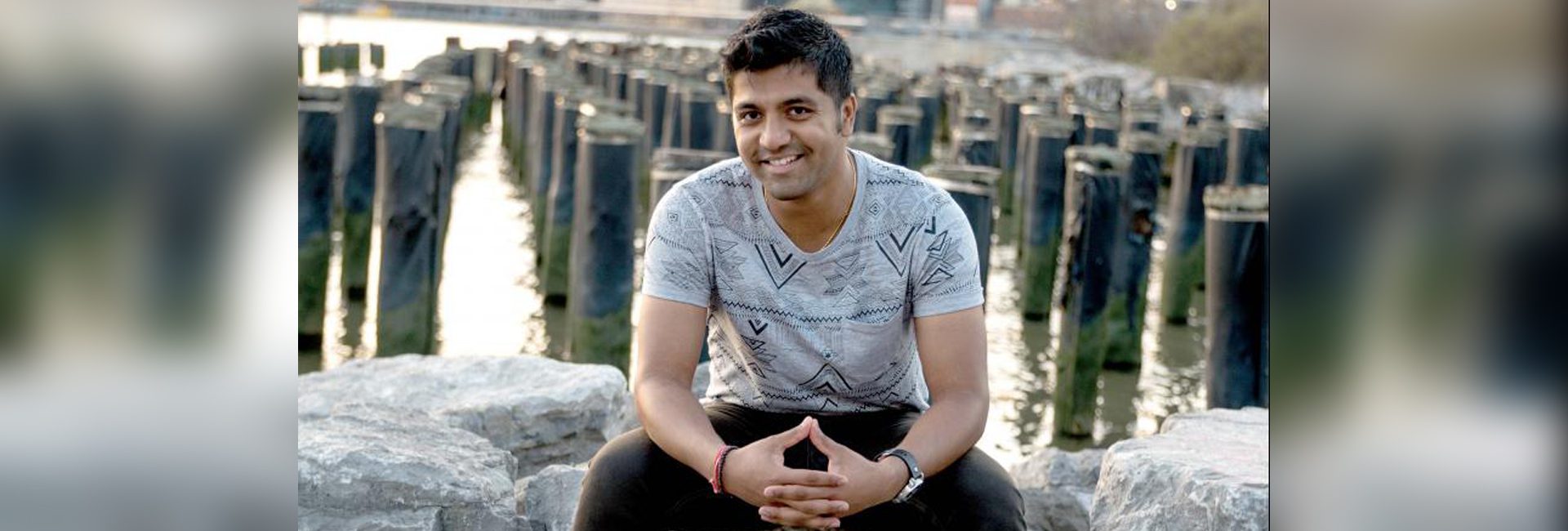

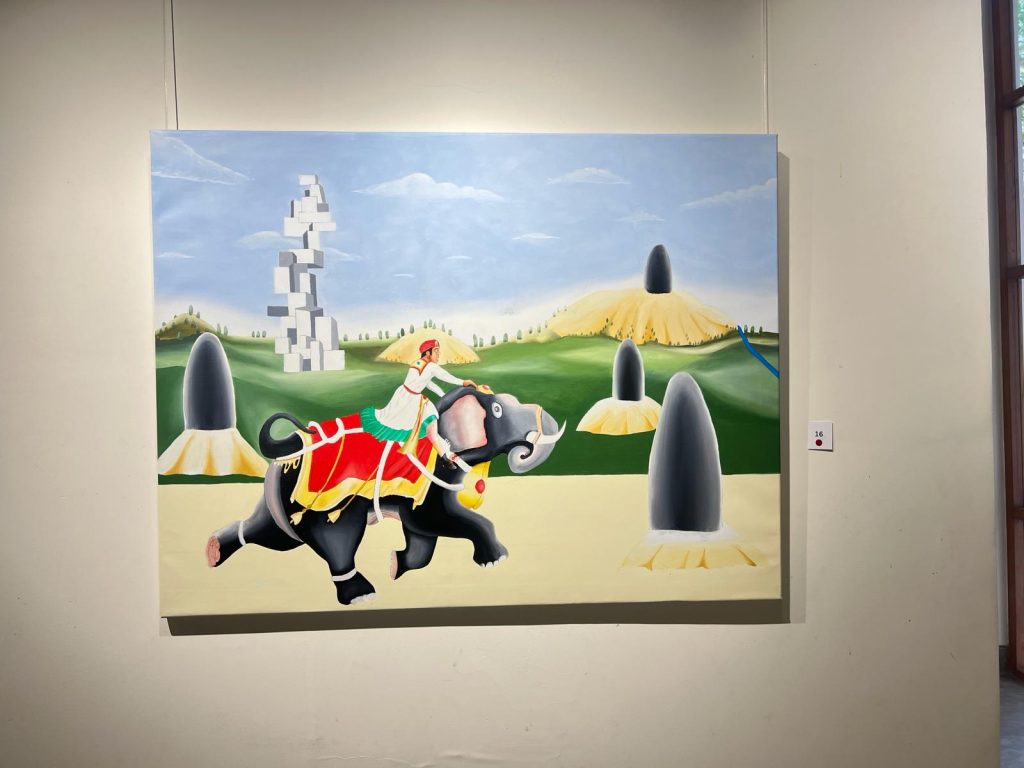 One of Rahul Mitra's works[/caption]
One of Rahul Mitra's works[/caption]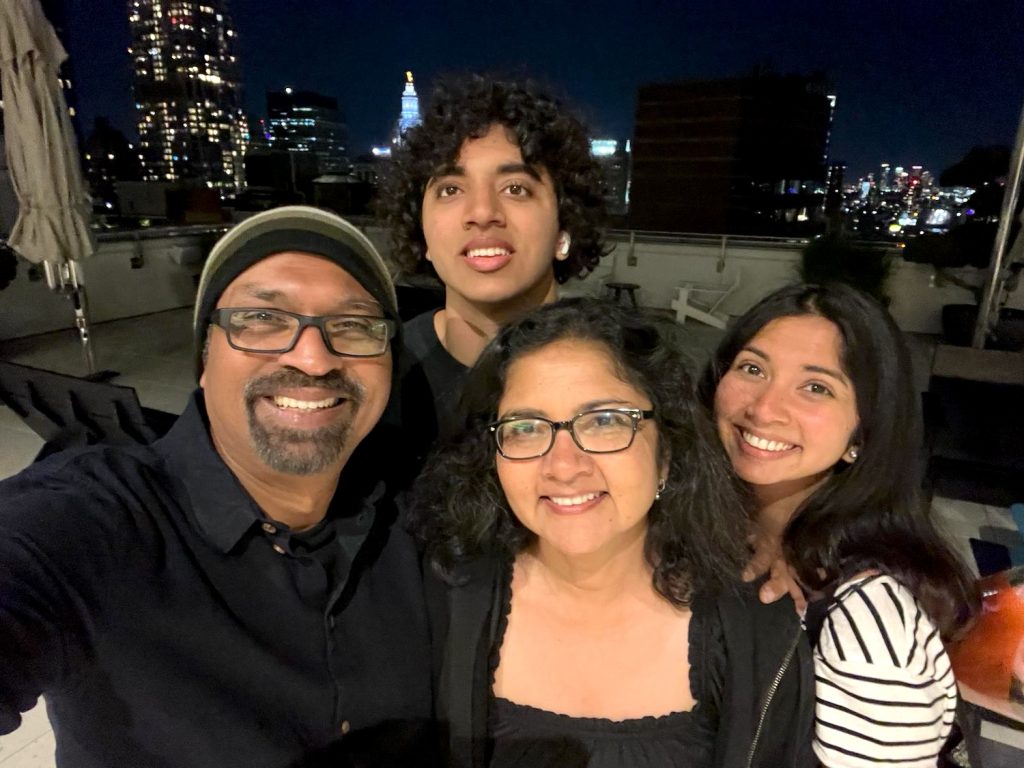 Rahul Mitra with his family[/caption]
Rahul Mitra with his family[/caption]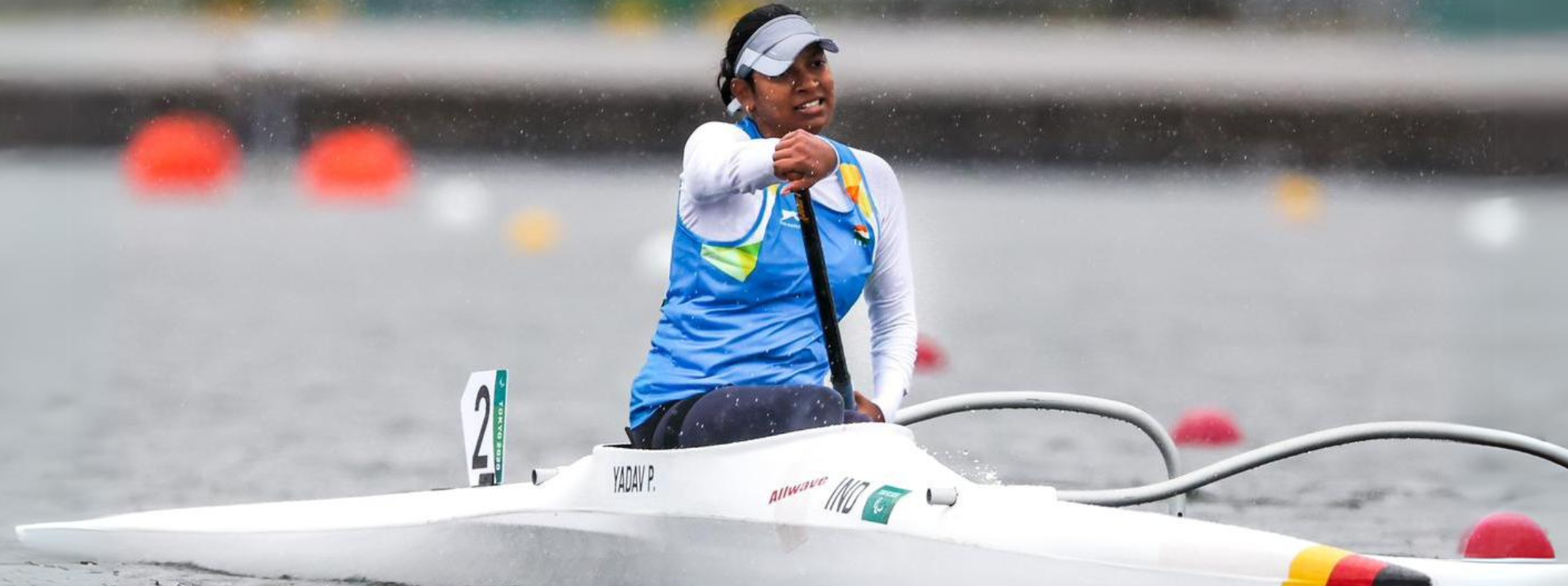

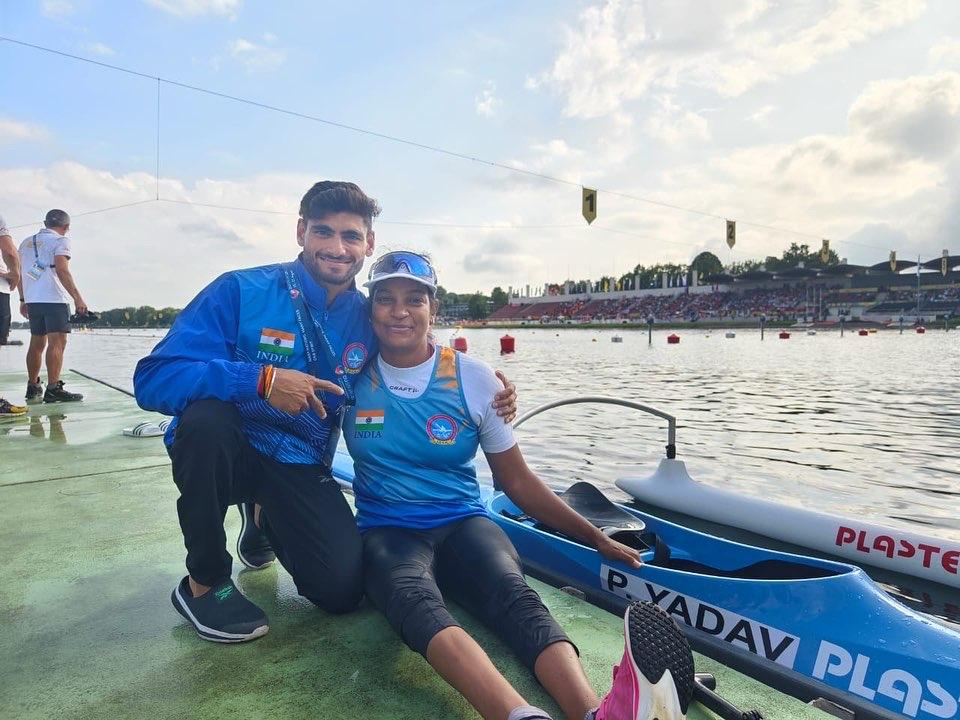 Prachi and her husband, Manish Kaurav[/caption]
Prachi and her husband, Manish Kaurav[/caption]

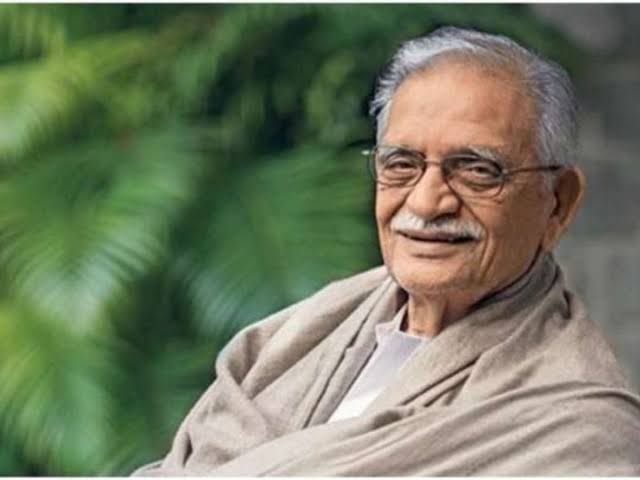 Gulzar[/caption]
Gulzar[/caption]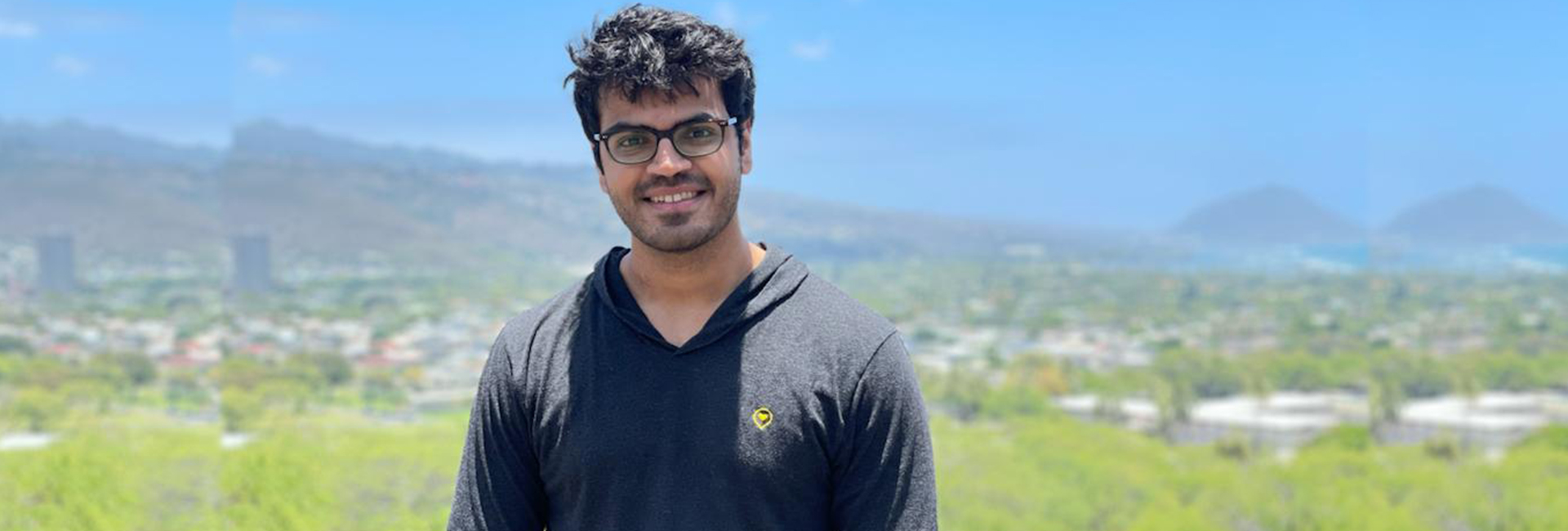
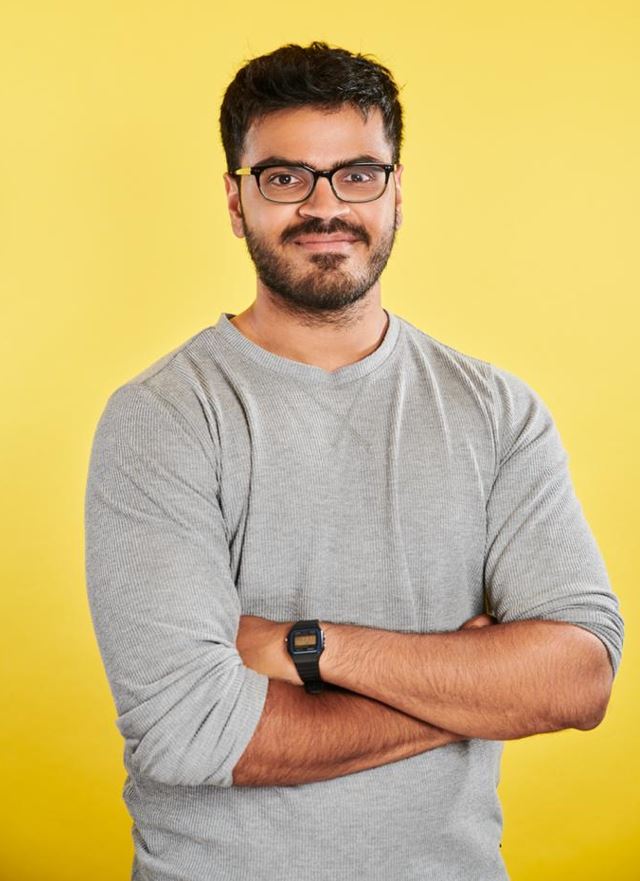 Neil Shah[/caption]
Neil Shah[/caption]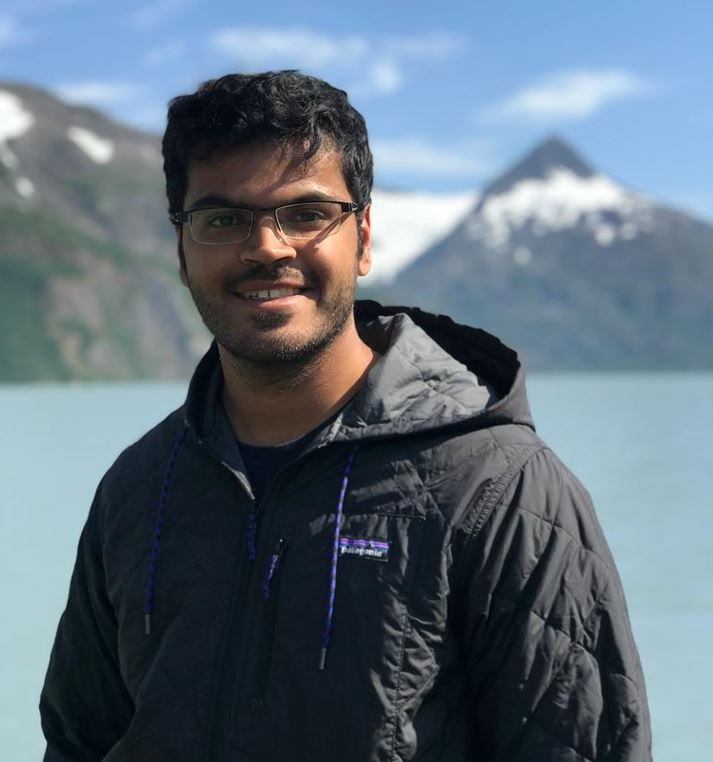
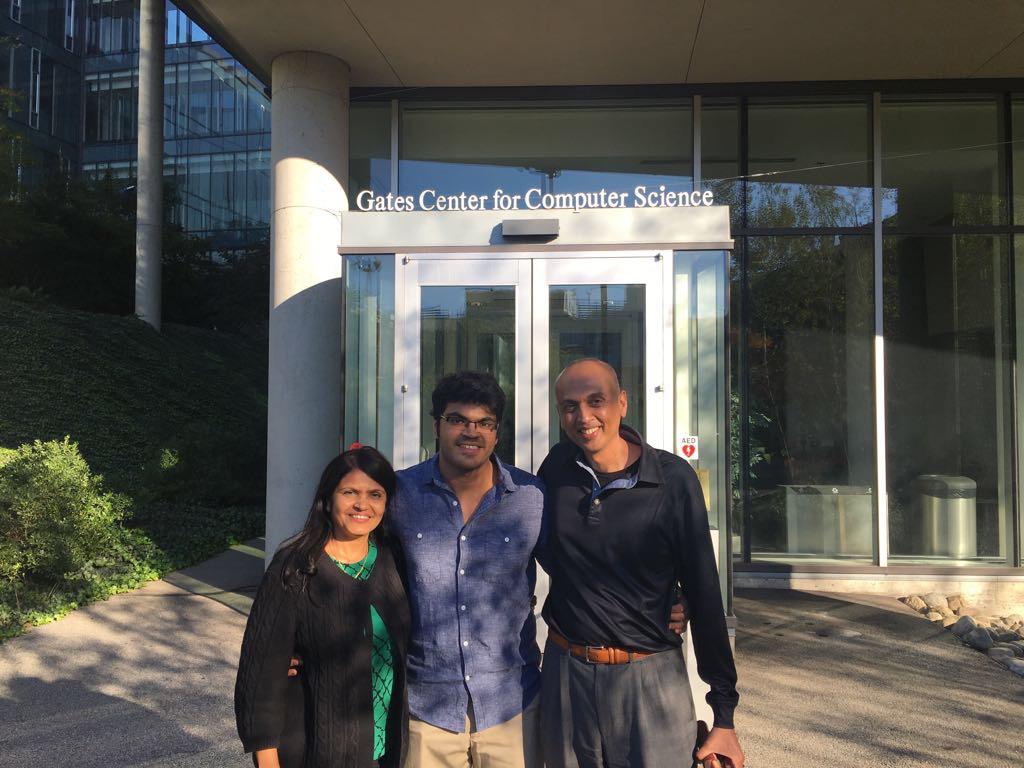

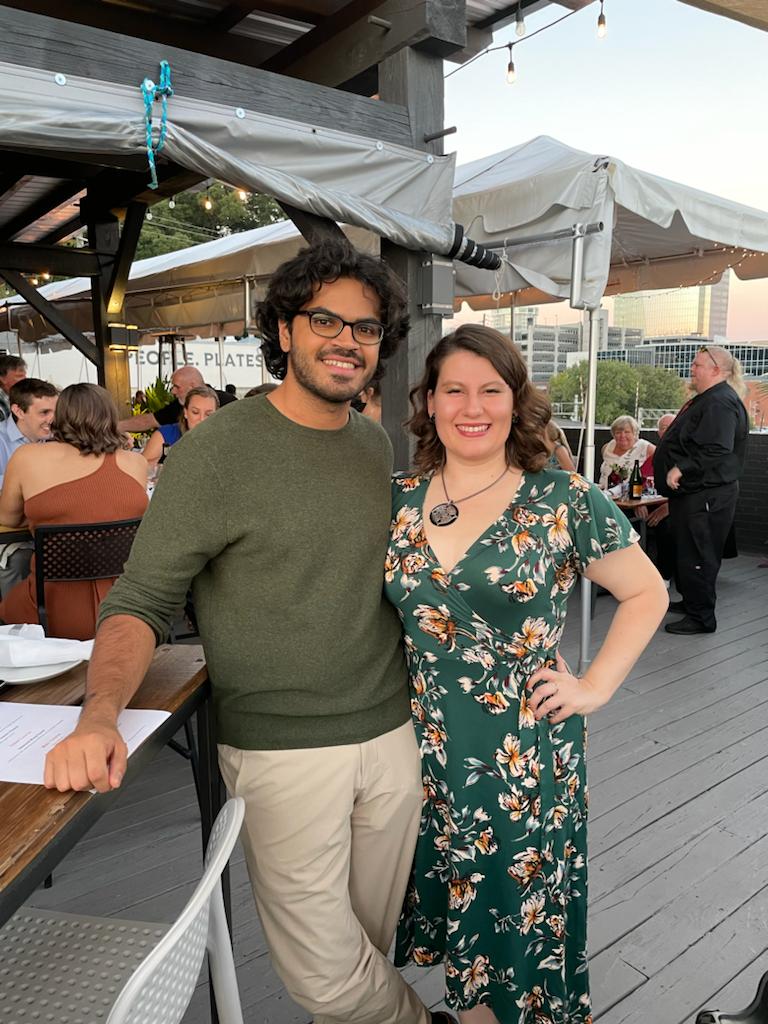
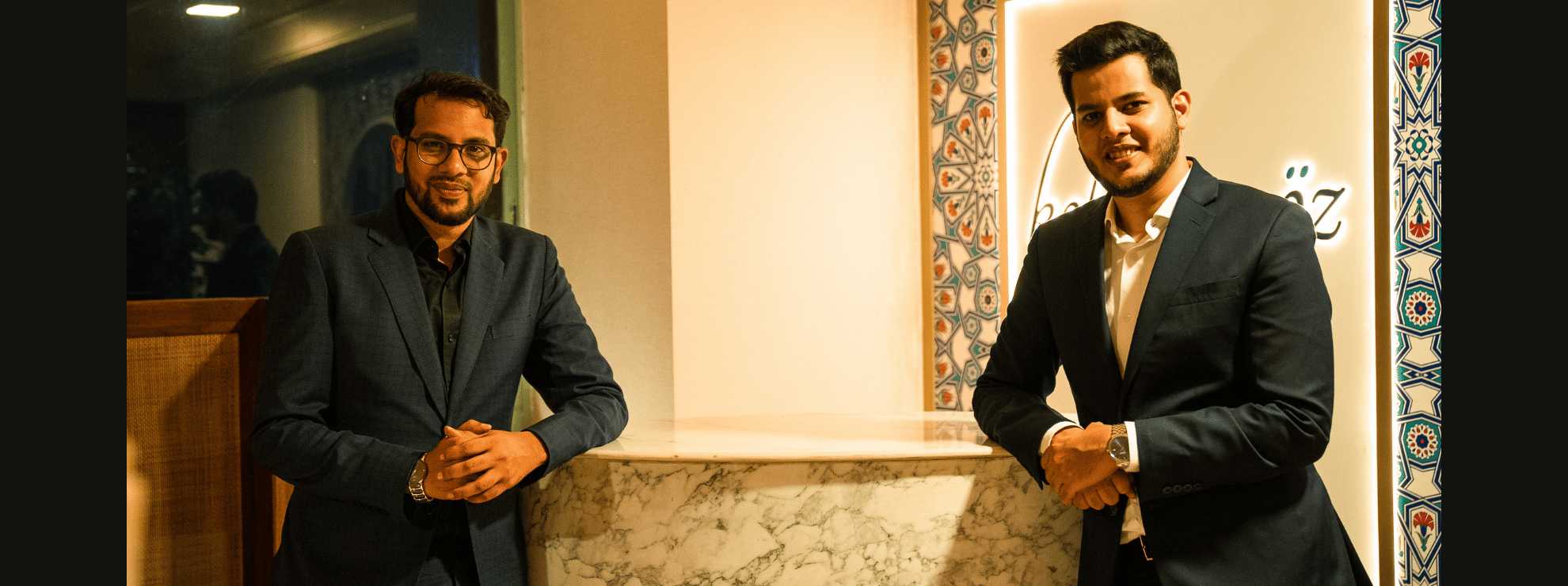
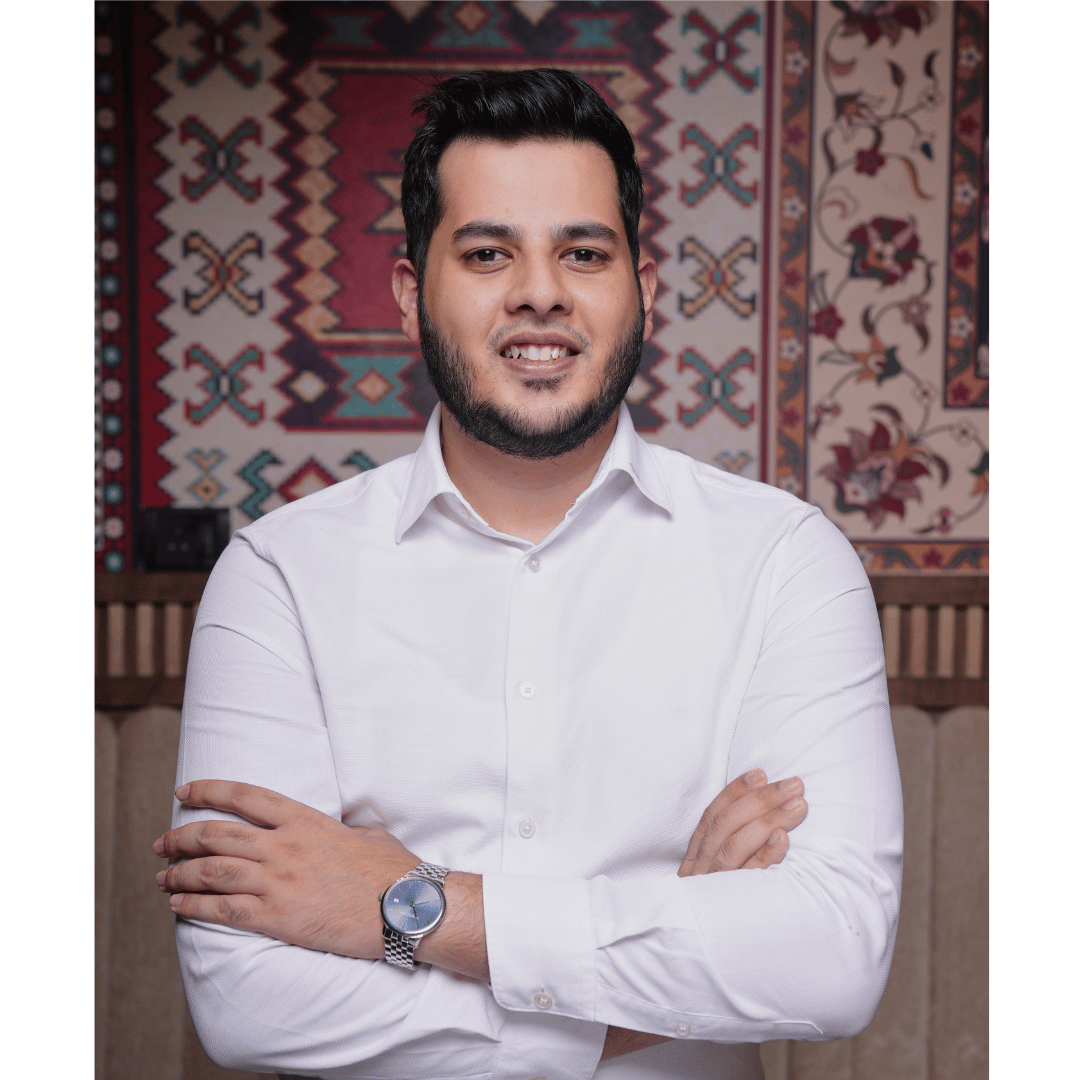 Adeeb Shah, co-founder, Kofteci[/caption]
Adeeb Shah, co-founder, Kofteci[/caption] Oz by the Kofteci Group, at UB City, Bangalore[/caption]
Oz by the Kofteci Group, at UB City, Bangalore[/caption]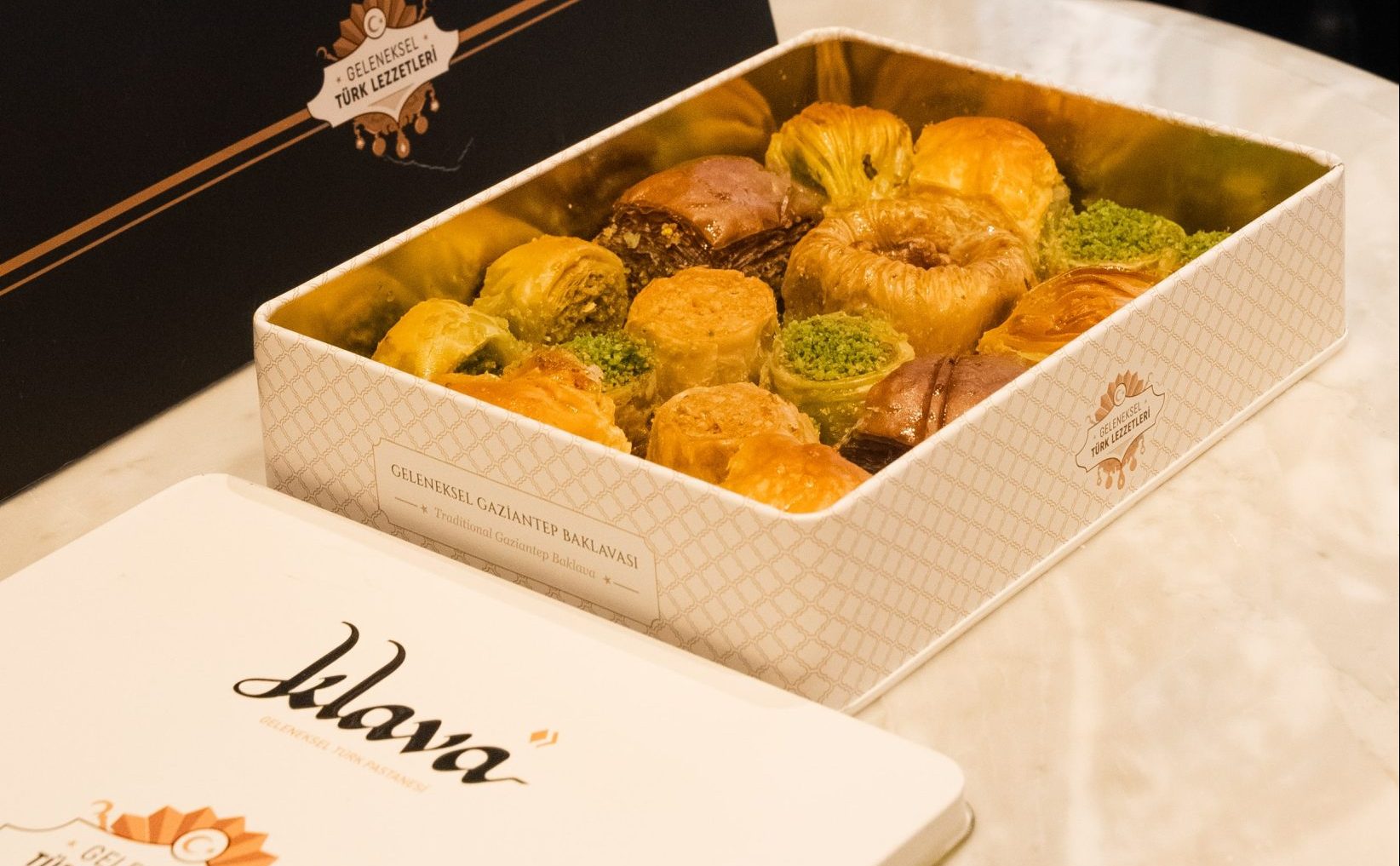 Klava, by the Kofteci Group[/caption]
Klava, by the Kofteci Group[/caption]